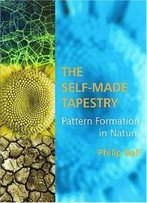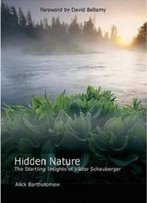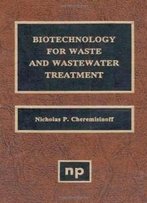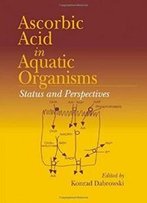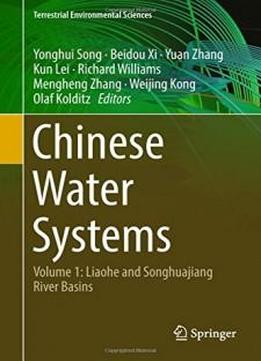
Chinese Water Systems: Volume 1: Liaohe And Songhuajiang River Basins (terrestrial Environmental Sciences)
by Richard Williams /
2018 / English / PDF
15.6 MB Download
This book describes the huge efforts by the Chinese Government
concerning the restoration and future sustainable management of
Chinese water systems. It presents the results of a Sino-European
joint project concerning the Songhuajiang-Liaohe River Basin
(SLRB) in Northeast China conducted by the Chinese Research
Academy of Environmental Sciences (CRAES), the Helmholtz Centre
for Environmental Research - UFZ, Germany, and the Natural
Environment Research Council as represented by the Centre for
Ecology and Hydrology (CEH), UK. The book explains in great
detail the development of risk assessment and corresponding
management methods for (i) controlling water pollution, (ii)
assessing river health and ecological restoration options, (iii)
characterizing persistent organic pollutants (POPs), and (iv)
protecting fragile groundwater resources. It also describes the
implemented demonstration sites of SLRB during the project course
as well as lessons learnt on efficient project management and the
dissemination of knowledge and technologies.
This book describes the huge efforts by the Chinese Government
concerning the restoration and future sustainable management of
Chinese water systems. It presents the results of a Sino-European
joint project concerning the Songhuajiang-Liaohe River Basin
(SLRB) in Northeast China conducted by the Chinese Research
Academy of Environmental Sciences (CRAES), the Helmholtz Centre
for Environmental Research - UFZ, Germany, and the Natural
Environment Research Council as represented by the Centre for
Ecology and Hydrology (CEH), UK. The book explains in great
detail the development of risk assessment and corresponding
management methods for (i) controlling water pollution, (ii)
assessing river health and ecological restoration options, (iii)
characterizing persistent organic pollutants (POPs), and (iv)
protecting fragile groundwater resources. It also describes the
implemented demonstration sites of SLRB during the project course
as well as lessons learnt on efficient project management and the
dissemination of knowledge and technologies.


